Browse the Full Catalog
Cybrary’s comprehensive, framework-aligned catalog has been reorganized to provide you with an intentional, guided learning experience. Advance your career, prep for certifications, and build your skills whenever, wherever.

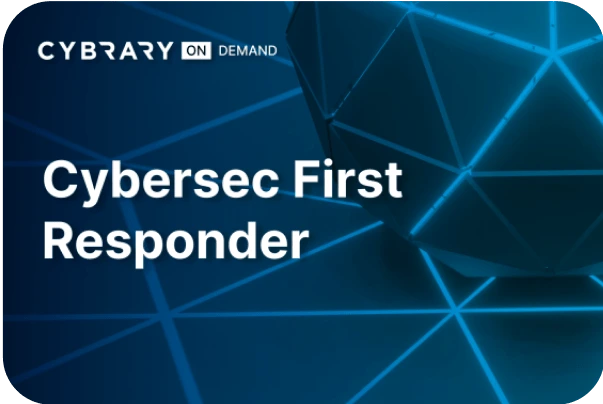

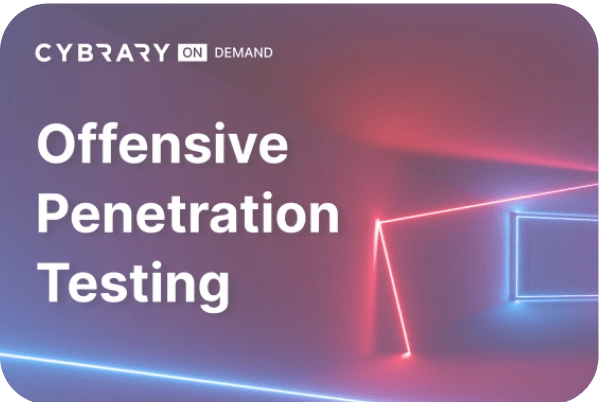
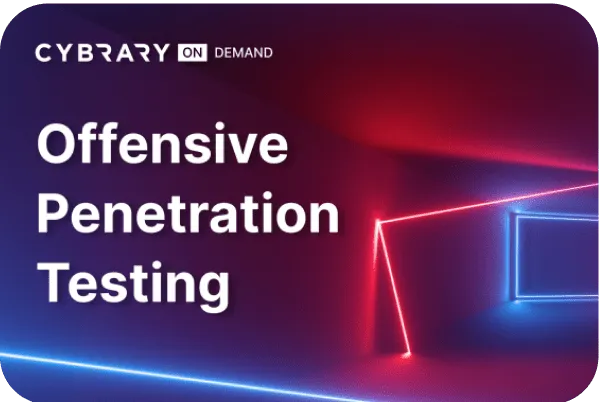



The content and tools you need to build real-world skills
Rapidly develop your skills via an integrated and engaging learning
experience on the Cybrary platform.
Bite-sized Video Training
Manageable instruction from industry experts
Hands-On Learning
Put your skills to the test in virtual labs, challenges, and simulated environments
Practice Exams
Prepare for industry certifications with insider tips and practice exams
Earn Industry Badges
Complete coursework to earn industry-recognized badges via Credly
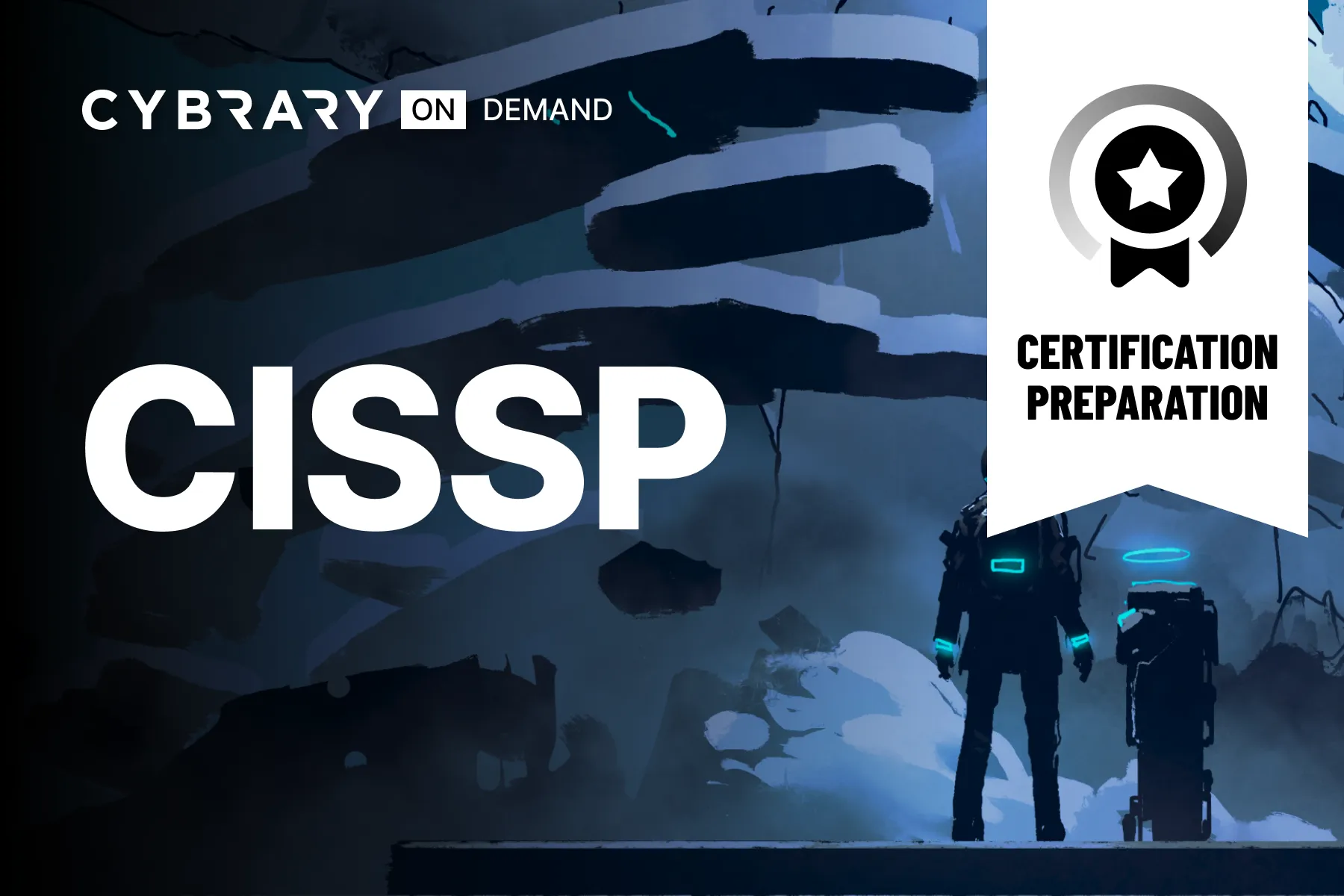
CISSP Certification Prep
Our CISSP certification course and training for the CISSP certification, essential for cybersecurity professionals aiming to move up in their career. This course will cover all aspects of security, risk management, and architecture to help you prepare for the CISSP exam. Learn from experienced professionals and gain the knowledge needed to become a certified security expert.
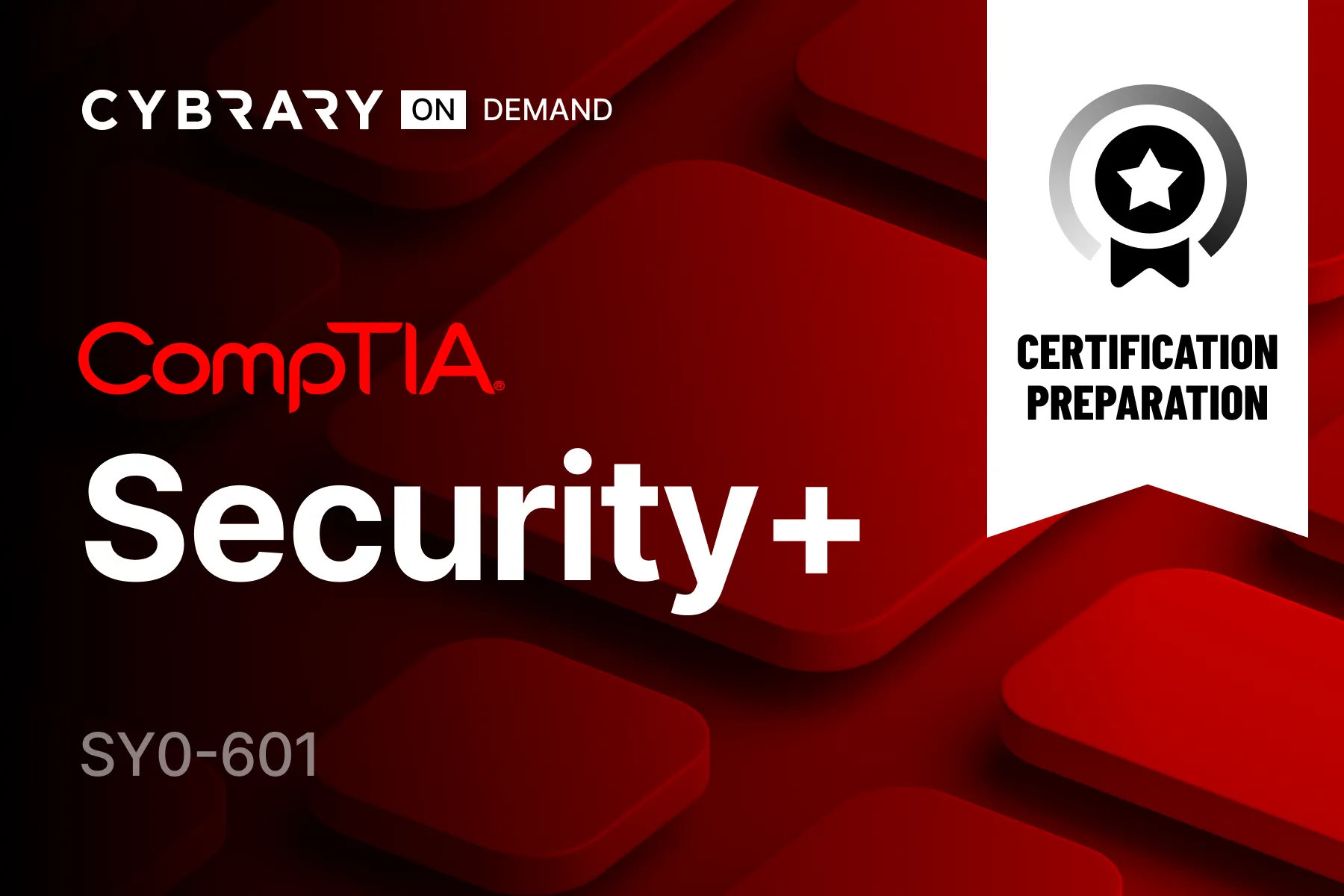
Comptia Security+ Certification Prep
CompTIA’s Security+ is a globally recognized certification that equips IT professionals with cybersecurity principles and security best practices, and is often used as a requirement for entry-level cybersecurity positions. This certification prep path is designed to provide you with a comprehensive overview of the concepts and skills you will need to pass the certification exam.
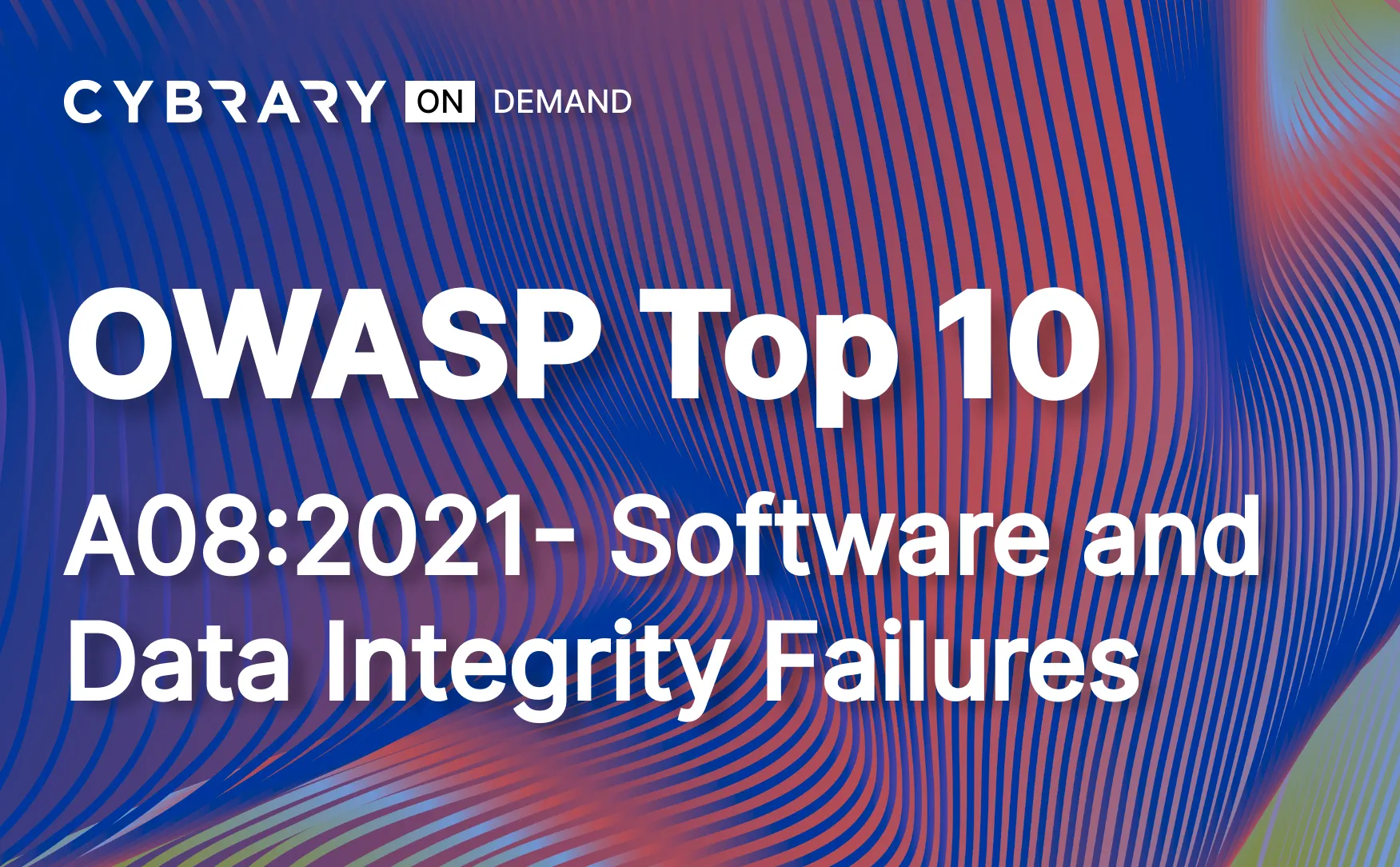
OWASP Top 10 - A08:2021 - Software and Data Integrity Failures
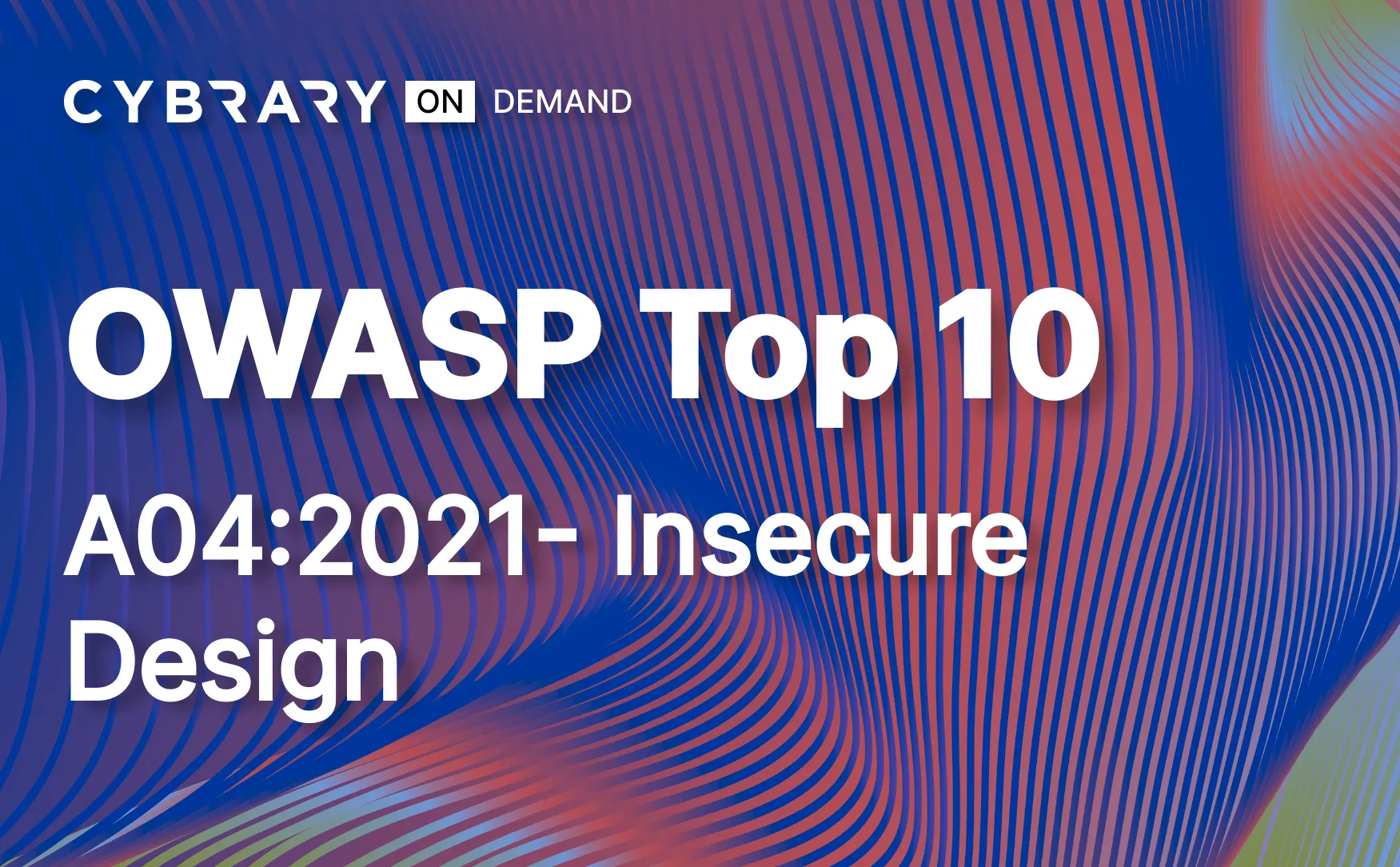
OWASP Top 10 - A04:2021 - Insecure Design
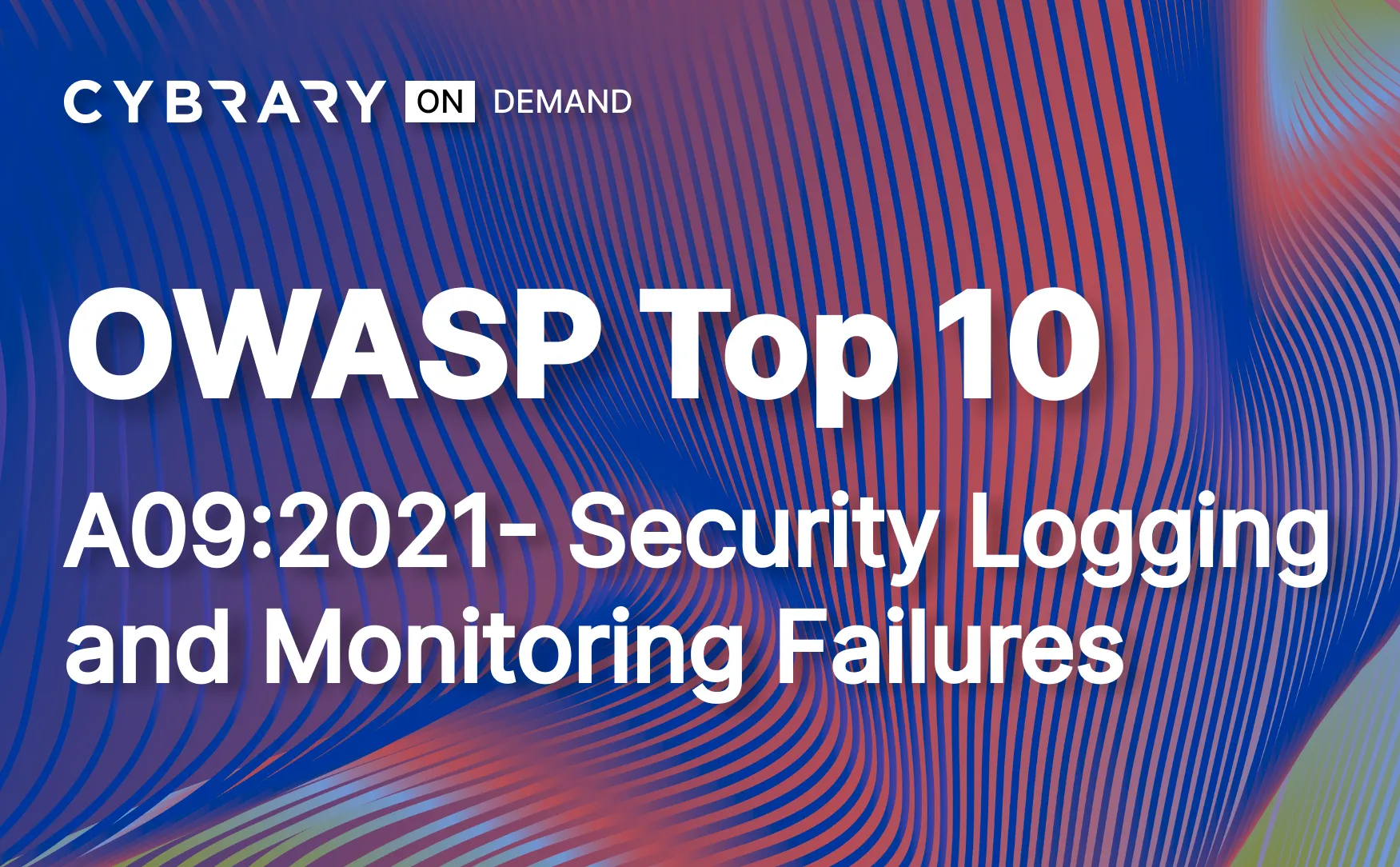
OWASP Top 10 - A09:2021 - Security Logging and Monitoring Failures
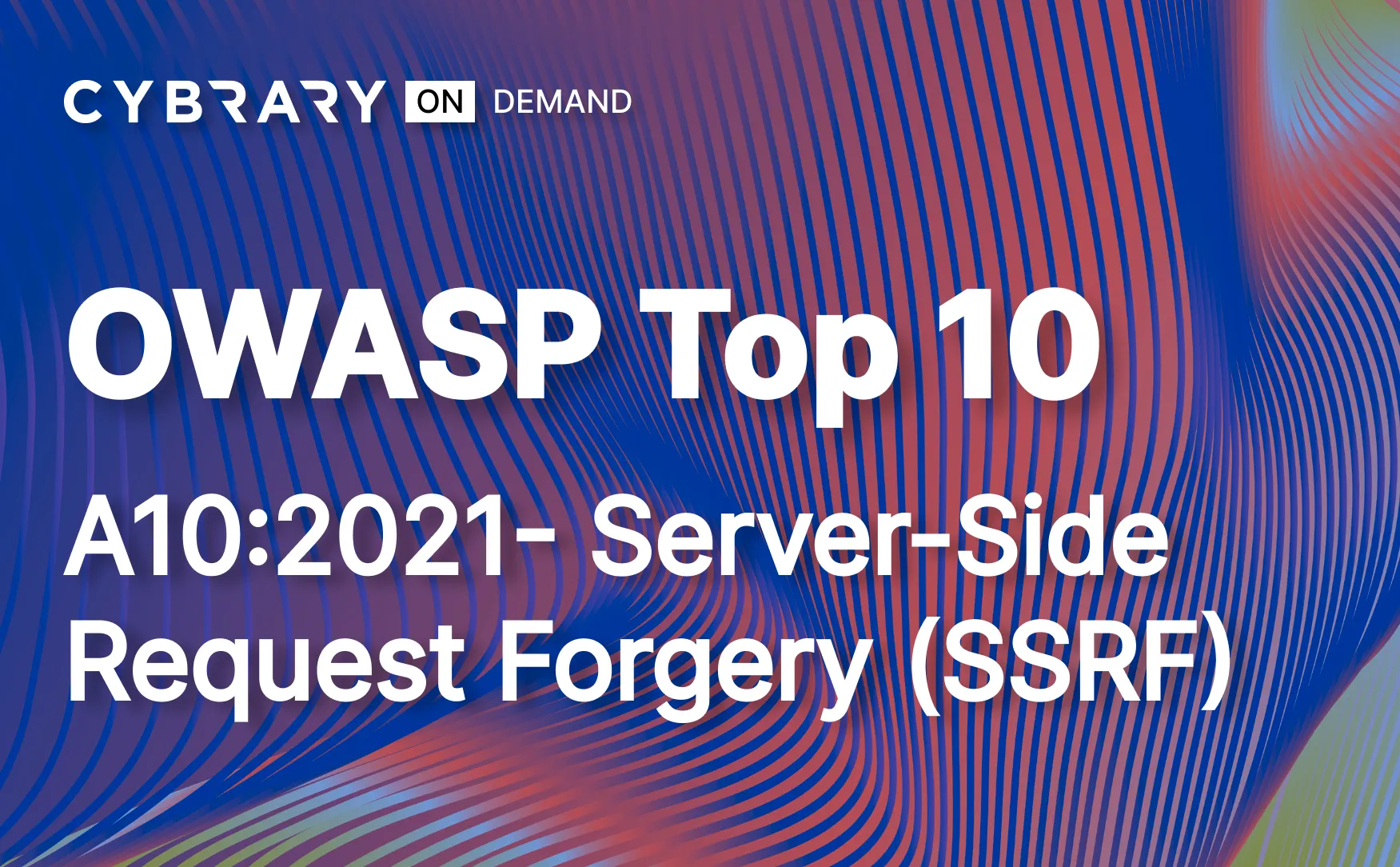
OWASP Top 10 - A10:2021 - Server-Side Request Forgery (SSRF)
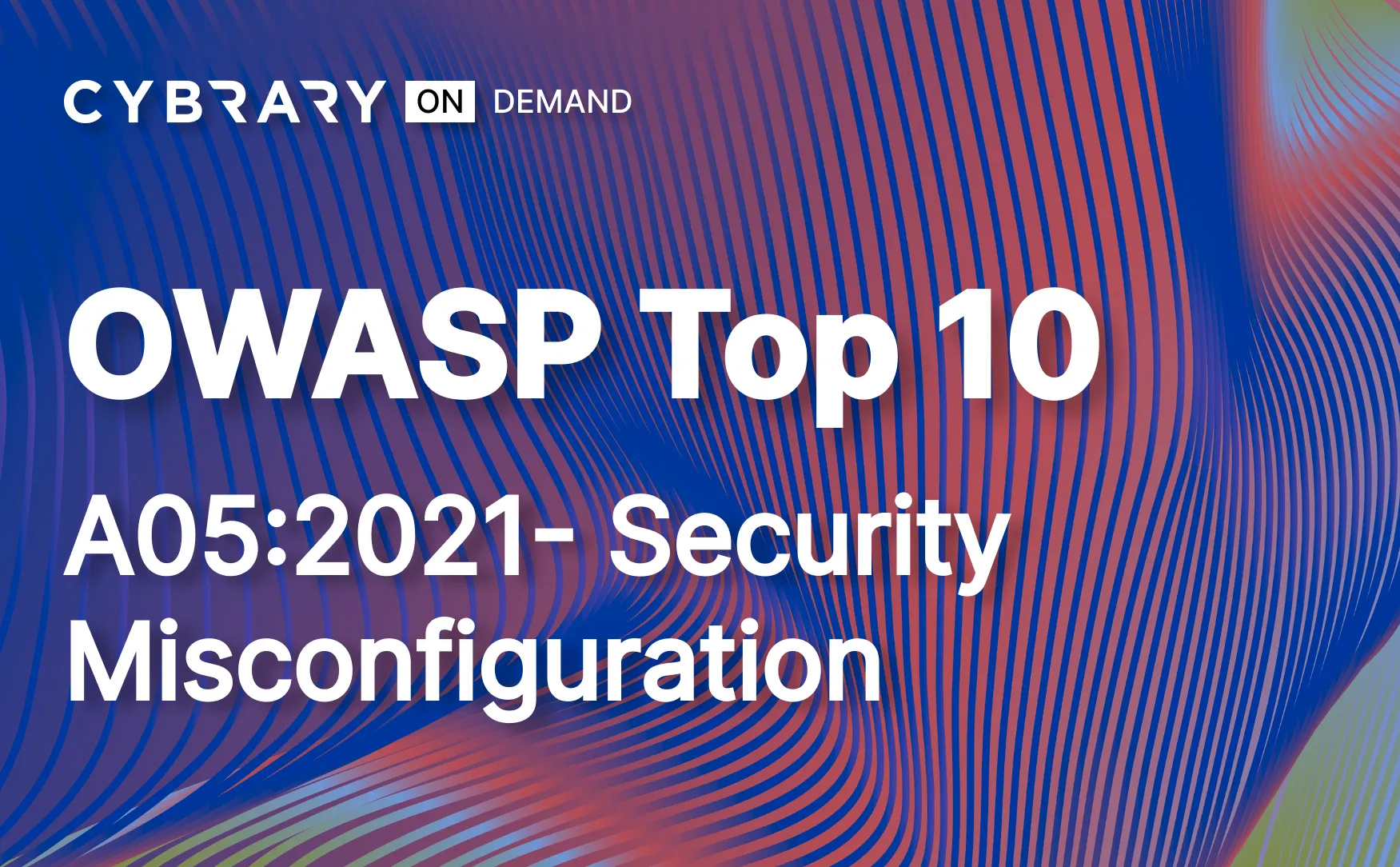
OWASP Top 10 - A05:2021 - Security Misconfiguration
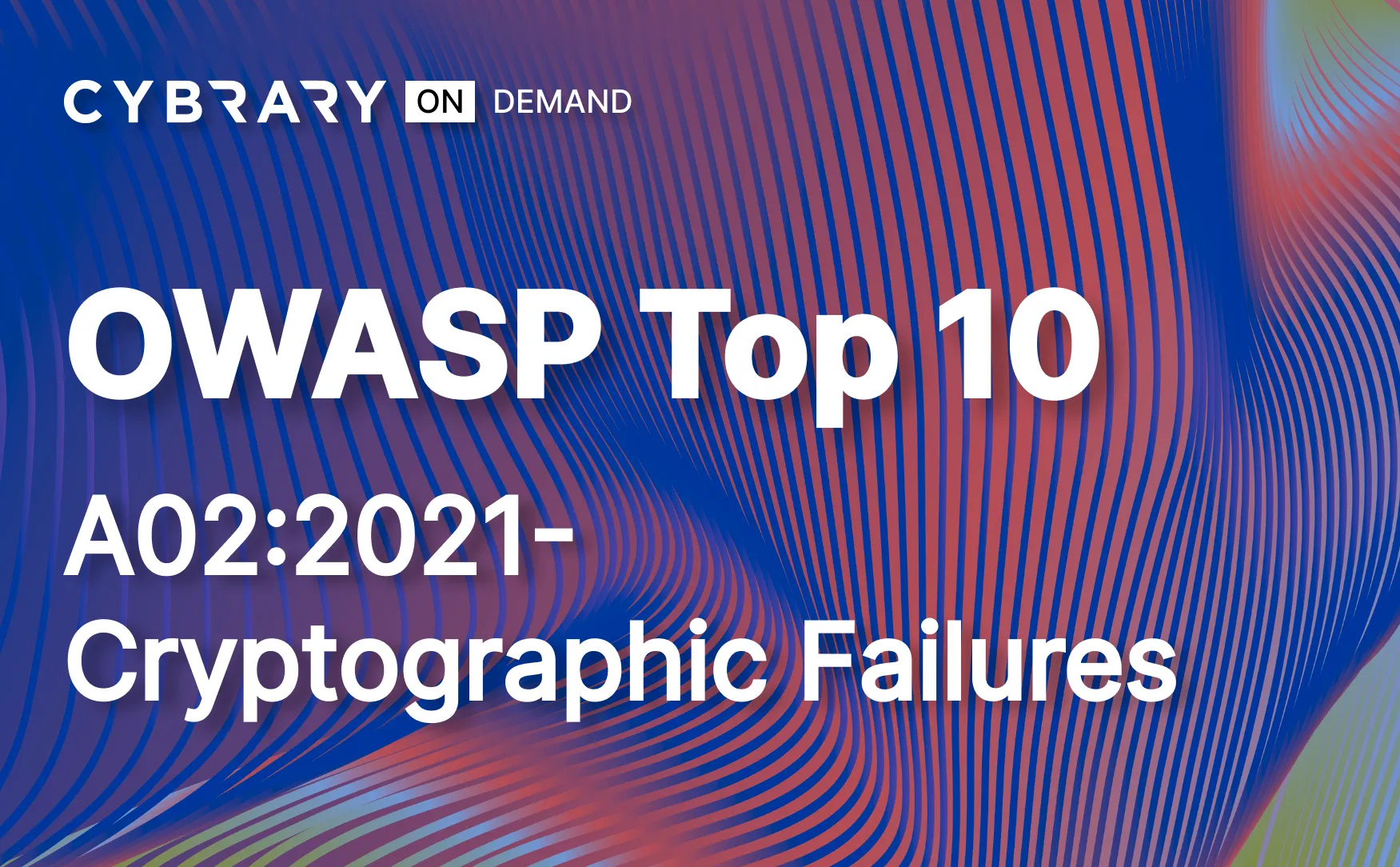
OWASP Top 10 - A02:2021 - Cryptographic Failures
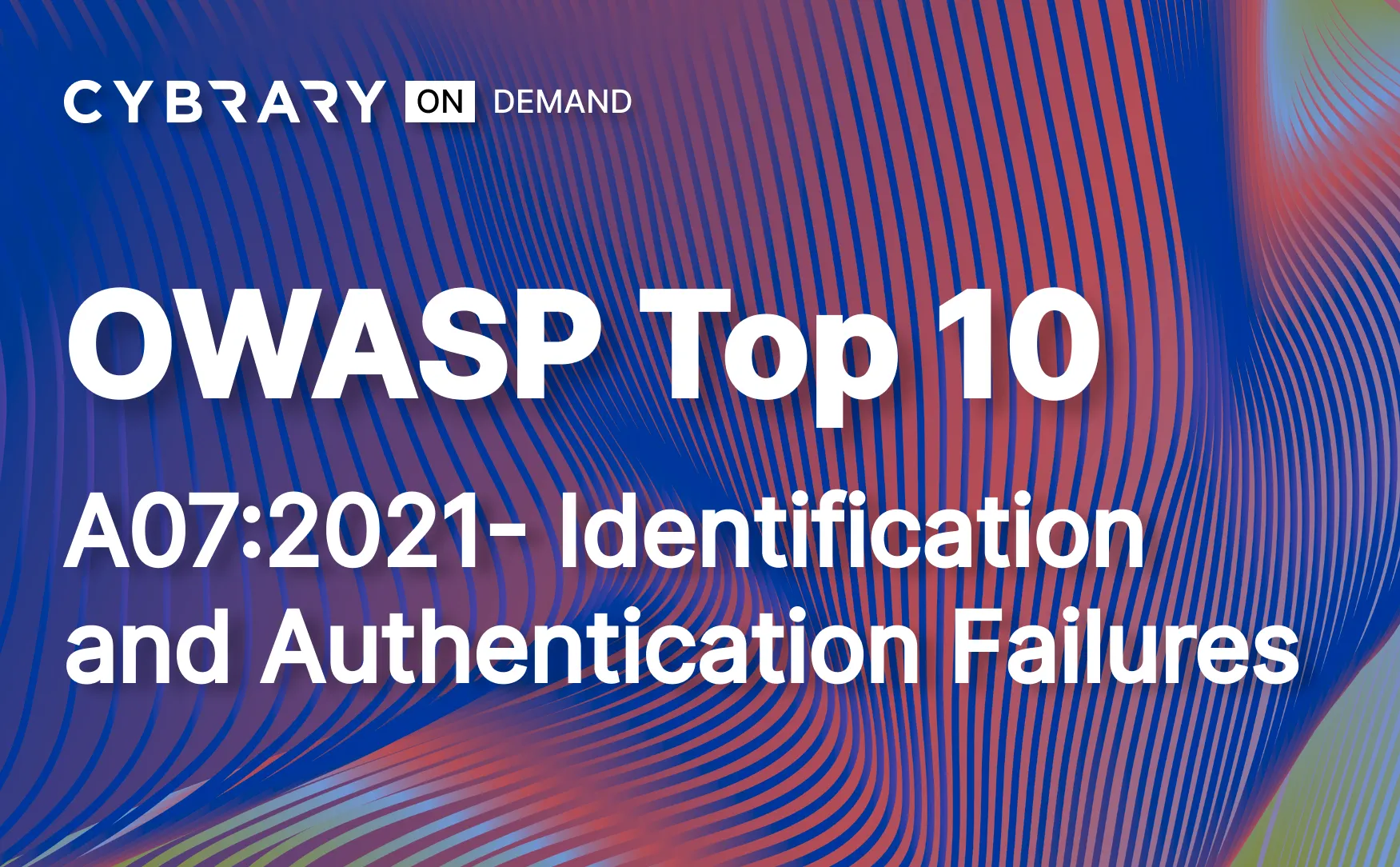
OWASP Top 10 - A07:2021 - Identification and Authentication Failures
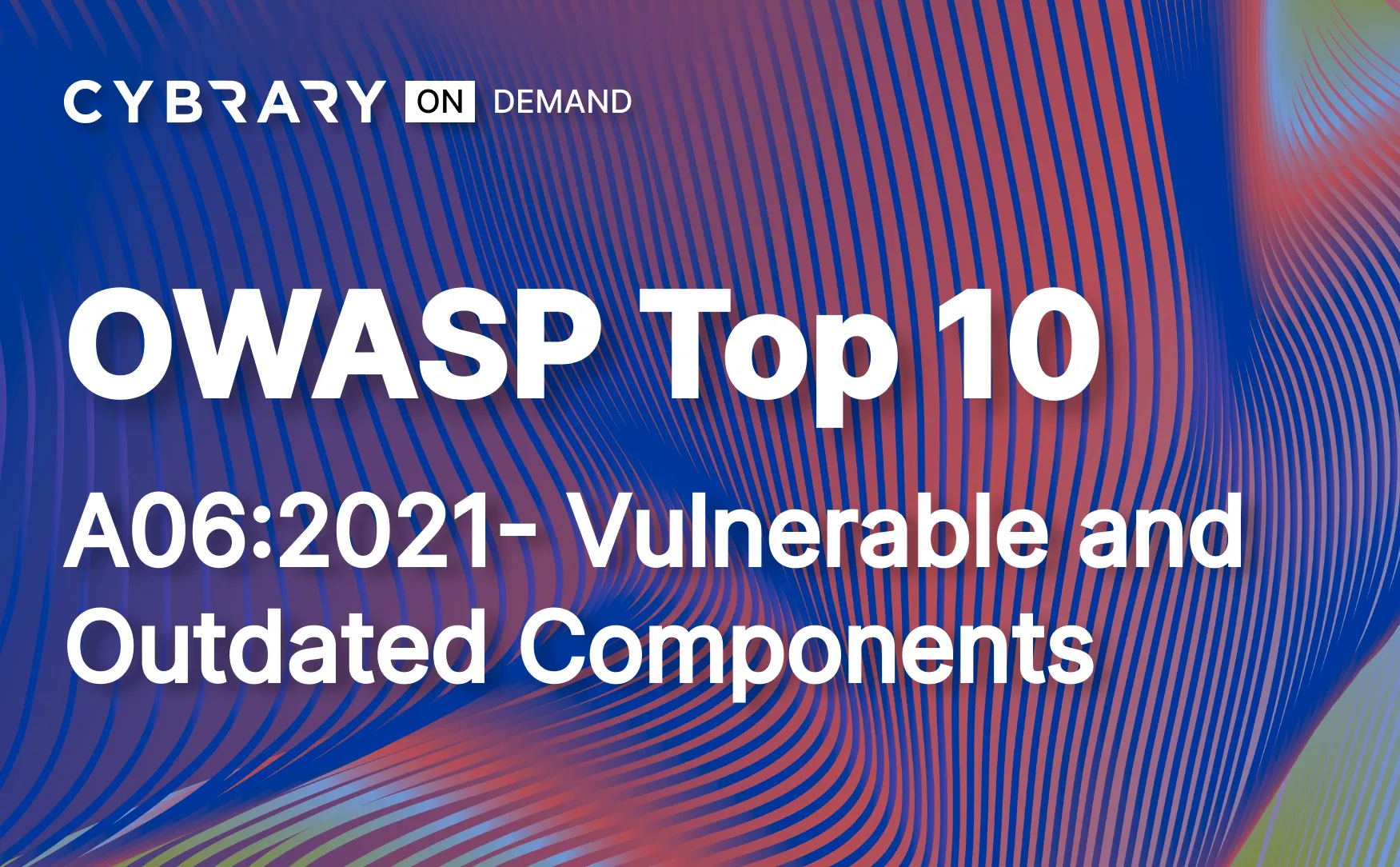
OWASP Top 10 - A06:2021 - Vulnerable and Outdated Components
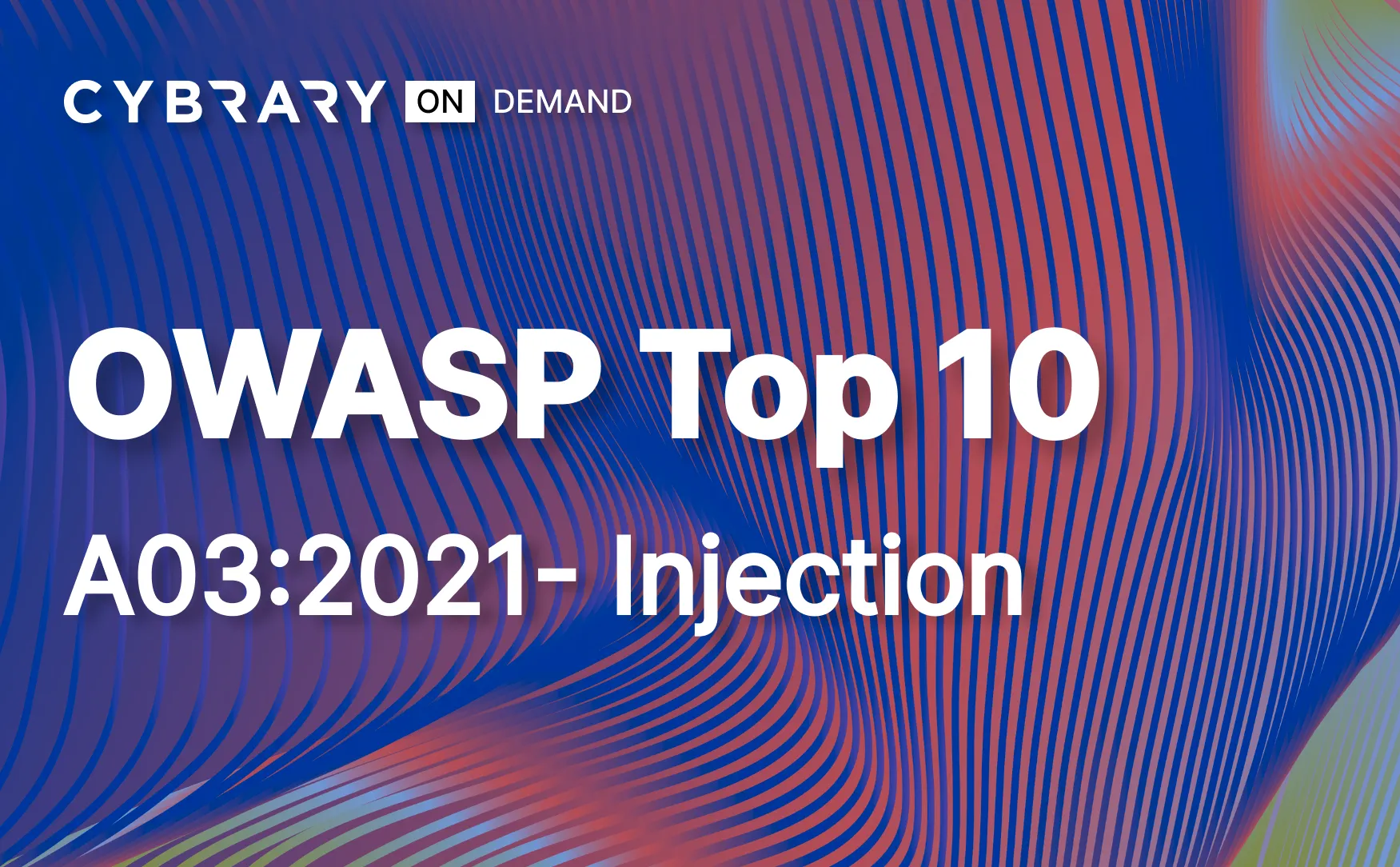
OWASP Top 10 - A03:2021 - Injection

OWASP Top 10 - A01:2021 - Broken Access Control

OWASP Top 10 - A04:2017 - XML External Entities

Protocol Tunneling

Exfiltration Over Alternative Protocol: Asymmetric Encrypted Non-C2 Protocol
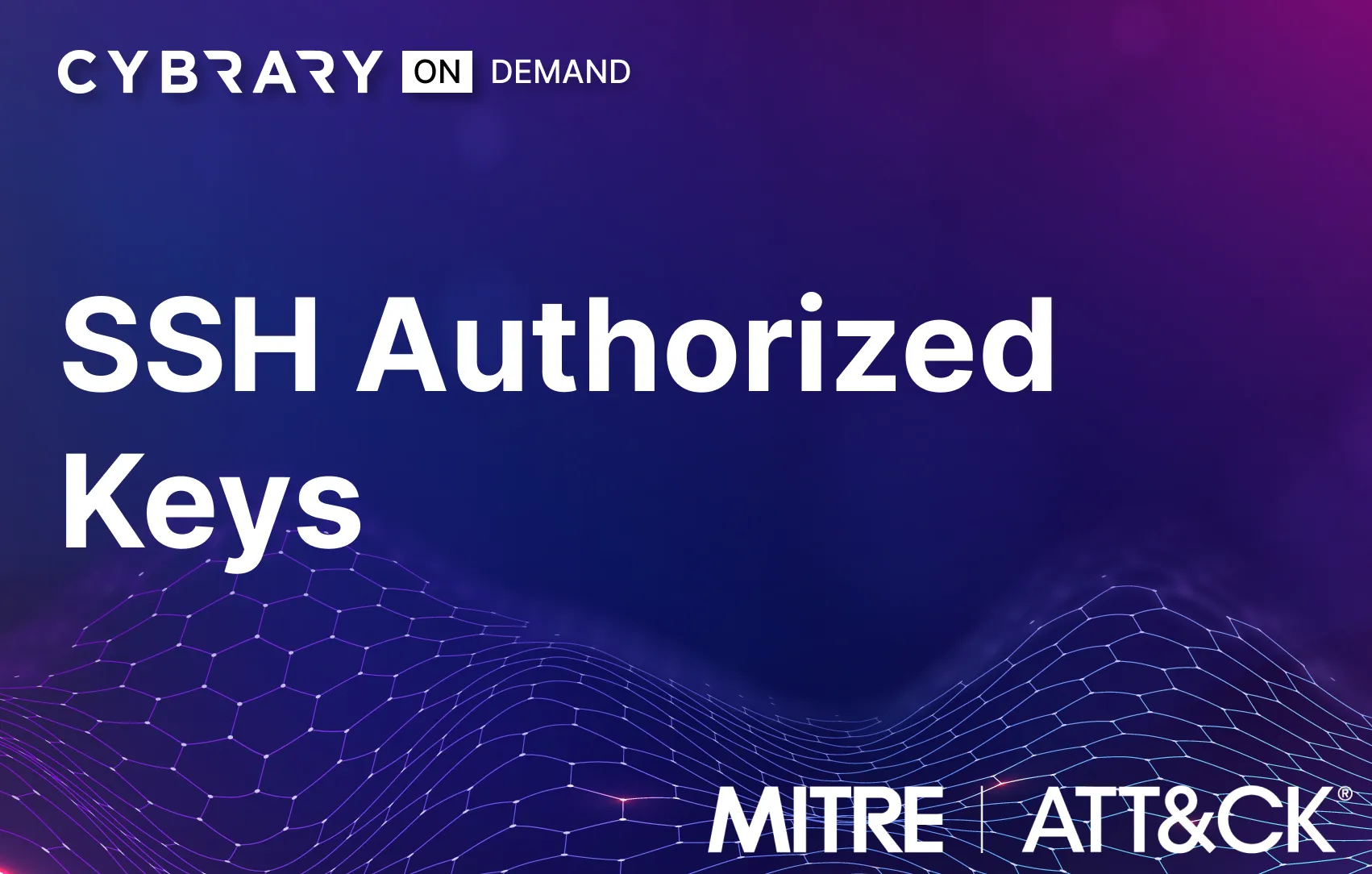
SSH Authorized Keys

Lateral Movement: Windows Remote Management
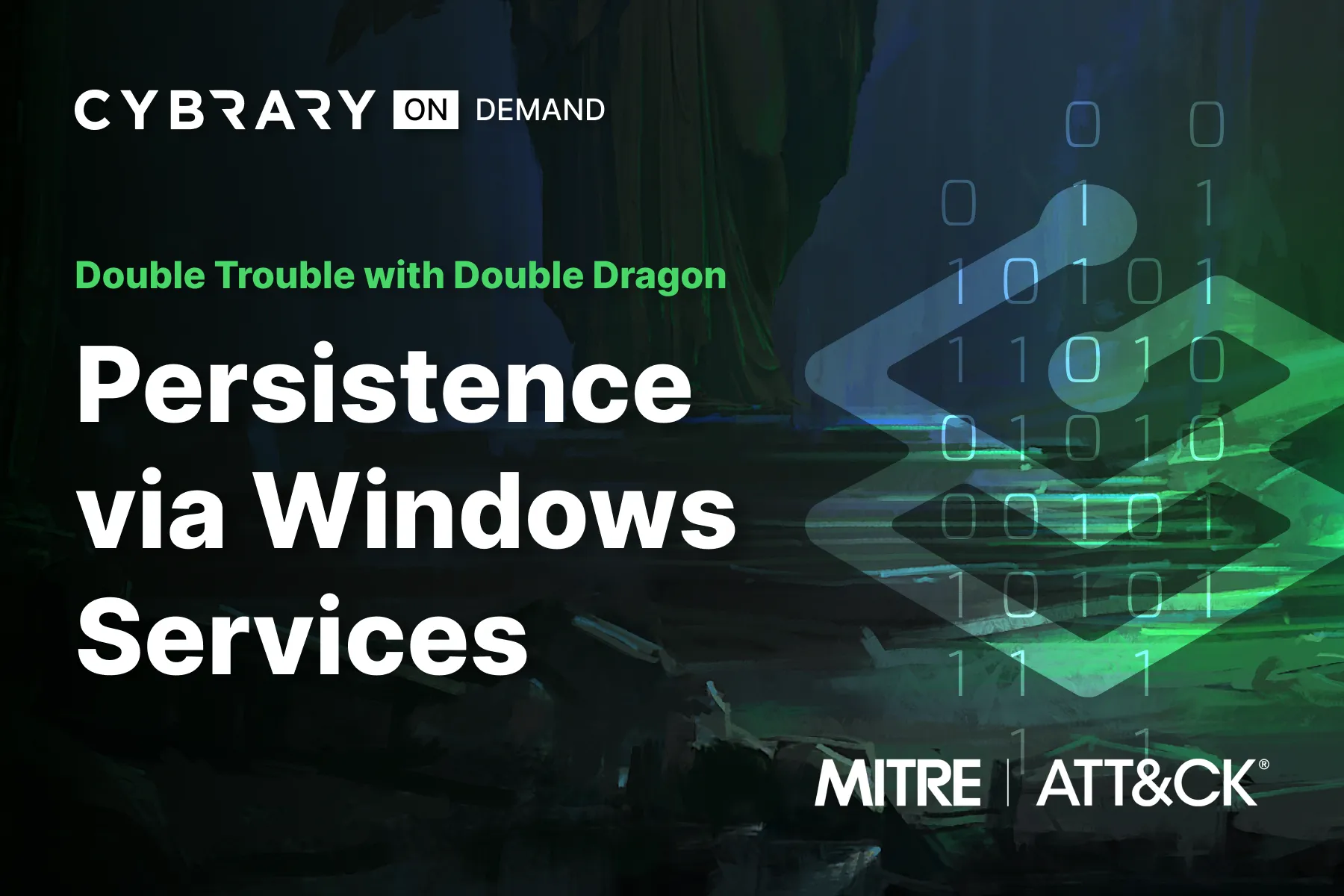
Persistence via Windows Services

System Binary Proxy Execution and a Spearphish Payload

Server Software Component: Web Shell
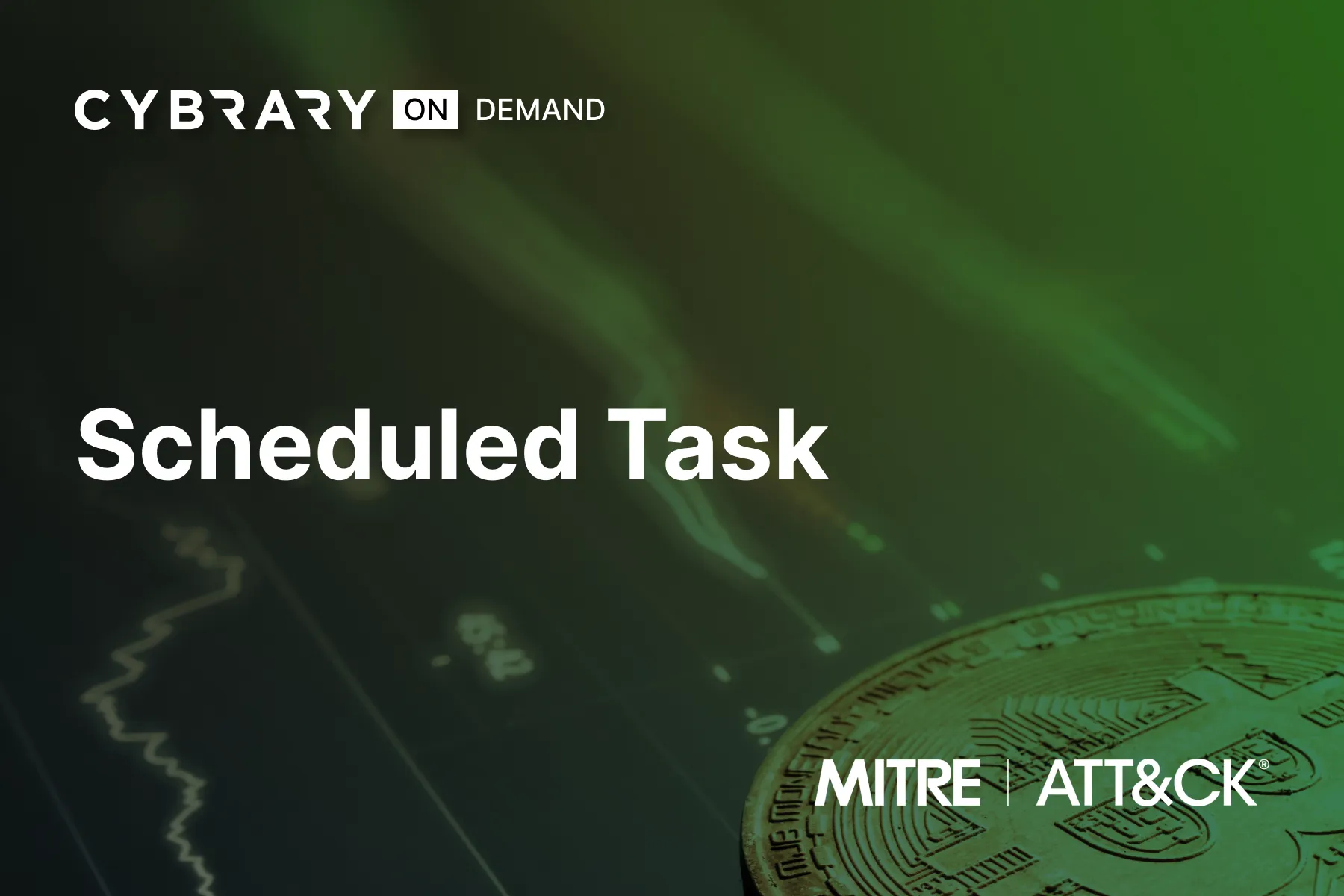
Scheduled Task

Registry Run Keys

AZ-305: Course Introduction

Identify Non-Secure Network Traffic
In this IT Pro Challenge virtual lab, you will get hands-on experience using Wireshark to sniff network traffic and detect non-secure protocols being used in the environment. You will investigate evidence of secured versus non-secure traffic. The skills you will learn in this lab are essential for network security analysts and penetration testers.

Configure a Network Security Group in a Virtual Network
The **“Configure a Network Security Group in a Virtual Network”** IT Pro Challenge virtual lab will teach you how to work with virtual networks on the Azure platform. You will learn how to use network security groups to filter network traffic and keep your assets safe. After this lab, you will be comfortable enabling network security on Azure.

Use PKI to Secure a Network Environment
In this IT Pro Challenges virtual lab, learners are introduced to skills required to secure networks using PKI. Exercises in this lab teach users how to configure HTTPS, DNSSEC, NRPT, and EFS while learning PKI concepts. The topics covered in this lab are critical for learners to be effective in system administrator job roles in cybersecurity.

Deploy Ubuntu Linux Virtual Machines in the Microsoft Azure
This IT Pro Challenge helps learners understand how to use the Azure portal to create and deploy an Ubuntu Server Linux virtual machine, leverage the Managed Disks option, and use an inbound Secure Shell (SSH) rule to allow for remote administration. Learners will also use the PuTTY tool to verify SSH connectivity to the virtual machine.

Configure Network Connectivity for Linux on Azure
This IT Pro Challenge virtual lab challenges learners to configure network connectivity for Linux on Azure. In this lab, learners will understand the concepts of static public IP addresses, network interface to configure and view Azure private IP addresses. Skills learned in this lab are valuable in a job role such as System administrator.

Configure IP Routing with Linux on Azure
This Configure IP Routing with Linux on Azure IT Pro Challenge lab helps learners to understand how to configure IP routing for Linux Virtual Machines (VMs) deployed to an Azure cloud. The lab also shows learners the use and purpose of Azure route tables and the importance of creating a secondary IP address.

Configure a Virtual Network Service Endpoint
Learn how to configure a Virtual Network Service Endpoint with this IT Pro Challenge provided by Learn on Demand Systems tutorial lab. This a beginner level lab that concentrates on many basic and important concepts such as **key vault**, **a subnet, service endpoint**, and then **back-end subnet**.

Secure Network Access
In this IT Pro Challenge virtual lab, you will get hands-on experience as a Windows administrator, setting up security to harden your Windows domain. You will learn how to implement and enforce IPSEC, configure a PPTP VPN, and set up a client VPN connection. These skills are essential for a security-focused Windows administrator.

Application Security
Test your Application Security knowledge and skills to identify strengths, gaps, and weaknesses in areas like Secure Coding, Static Code Analysis, Dynamic Code Analysis, and more. Measure your mastery of Application Security and advance your career with targeted course and virtual lab recommendations.

Infrastructure and Operations Security
Test your Infrastructure and Operations Security knowledge and skills to identify strengths, gaps, and weaknesses in areas like Secure Network Architecture, System Hardening, Virtualization Security, and more. Measure your mastery of Infrastructure and Operations Security and advance your career with targeted course and virtual lab recommendations.

Security Engineering Fundamentals
Test your Security Engineering Fundamentals knowledge and skills to identify strengths, gaps, and weaknesses in areas like Cyber Risk, DevSecOps, Zero Trust, and Threat Modeling. Measure your mastery of Security Engineering Fundamentals and advance your career with targeted course and virtual lab recommendations.

Cybrary Challenge: Motor Mayhem

Challenge: Memory Mysteries

Challenge: Between Two Numbers

Challenge: Saving A Fellow Spy

Challenge: Space Mission
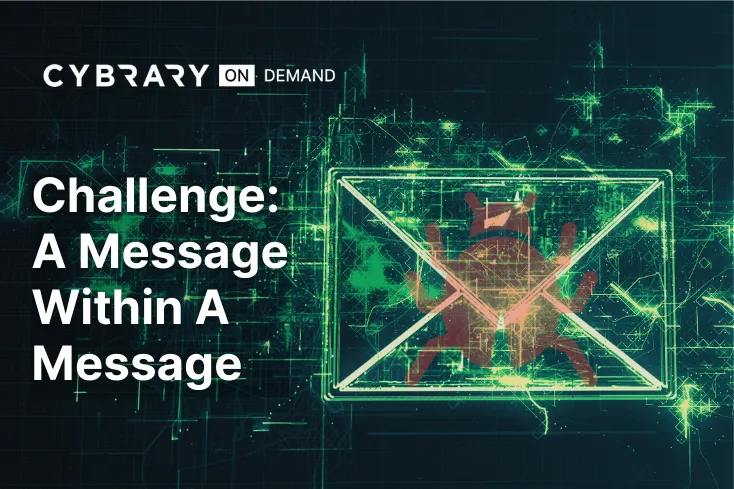
Challenge: A Message Within A Message

Challenge: Don't Believe What You Hear

Challenge: Chatting with ChatGPT

Challenge: Saving a Fellow Monster

Challenge: Gobble Gobble Conceal & Deceive
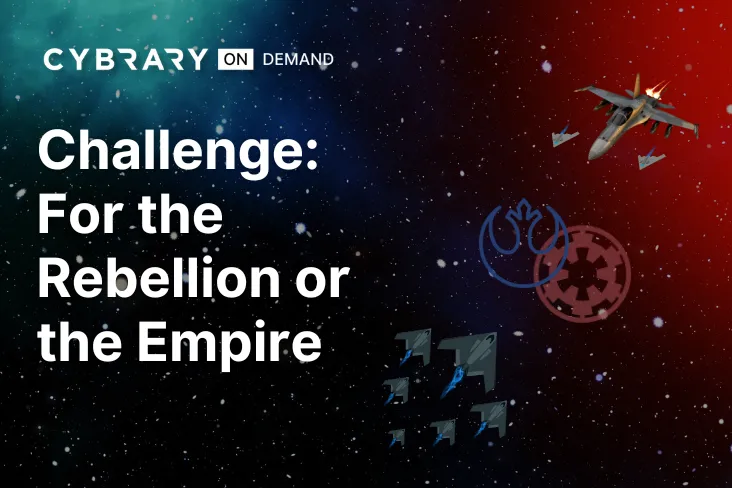
Challenge: For the Rebellion or the Empire

Challenge: Update B4 It's 2Late
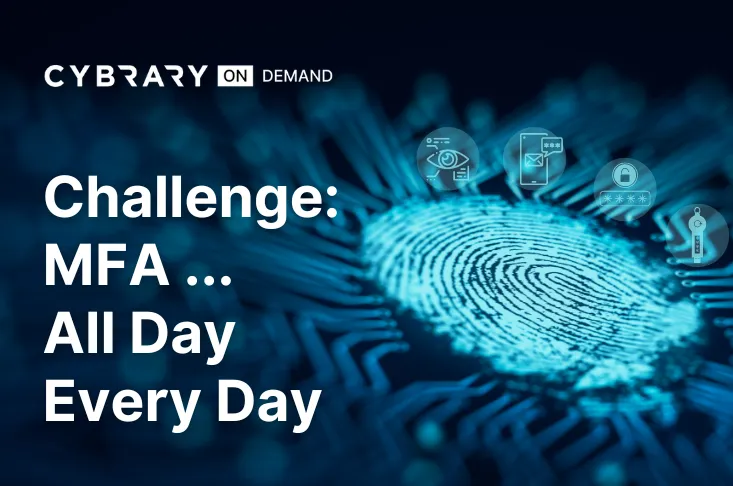
Challenge: MFA ... All Day Every Day

Challenge: Episode II - Attack of the Encoders

Challenge: The Base(64)ics
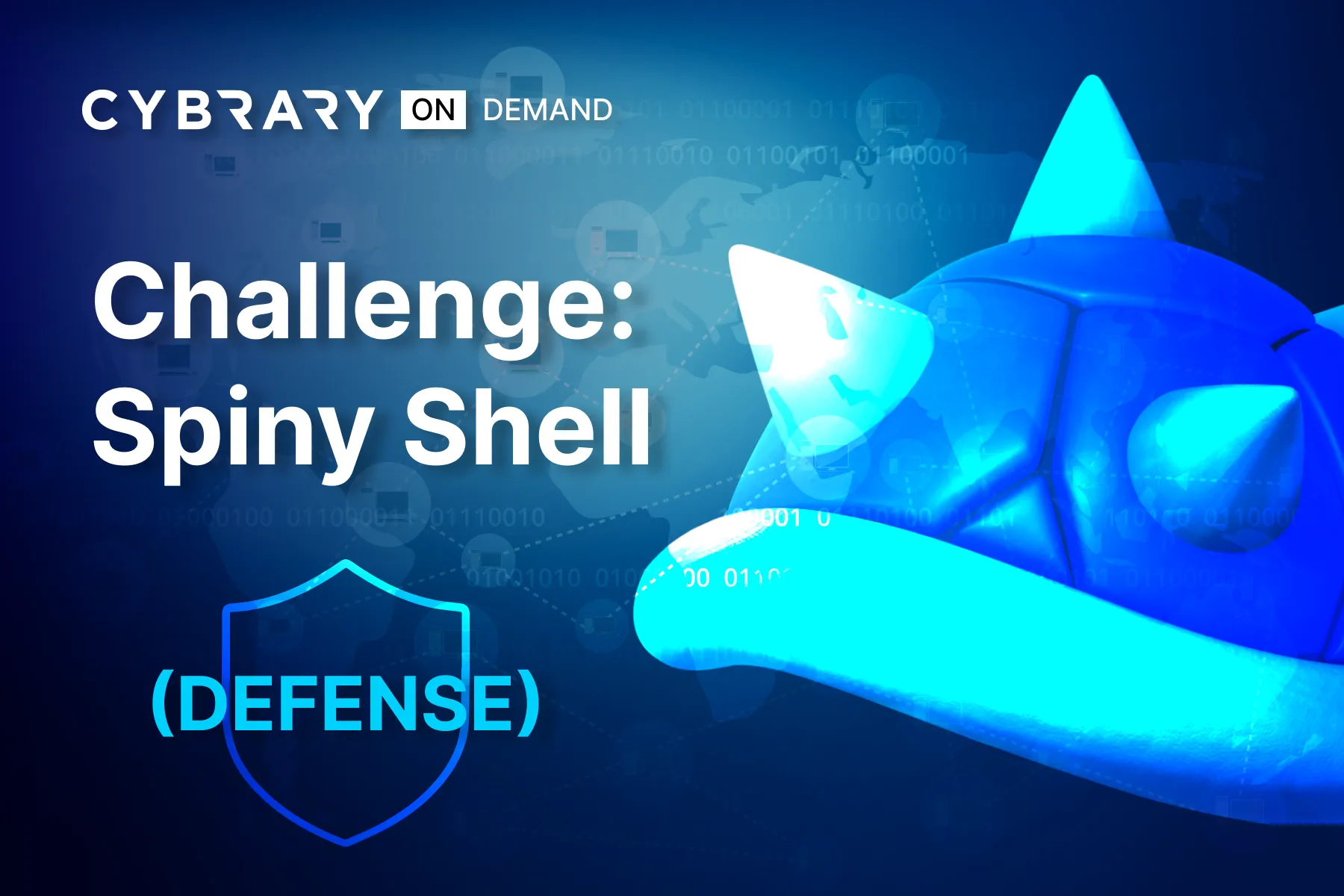
Challenge: Spiny Shell

CVE Series: Jenkins Arbitrary File Leak Vulnerability (CVE-2024-23897)
CVE-2024-23897 is a critical security flaw affecting Jenkins, a Java-based open-source automation server widely used for application building, testing, and deployment. It allows unauthorized access to files through the Jenkins integrated command line interface (CLI), potentially leading to remote code execution (RCE).
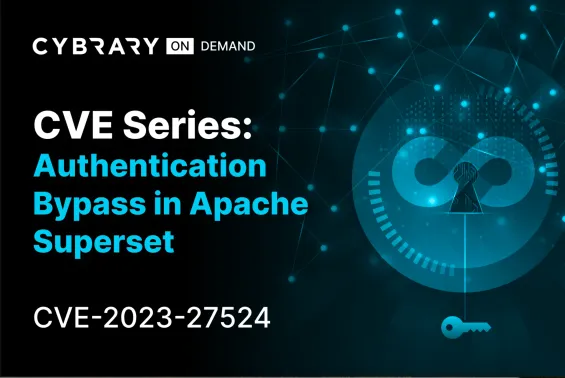
CVE Series: Authentication Bypass in Apache Superset (CVE-2023-27524)
CVE-2023-27524 is a critical vulnerability in Apache Superset, affecting versions up to 2.0.1. It enables attackers to bypass authentication by exploiting weak or default SECRET_KEY values. Attackers can forge session cookies to gain admin access, leading to potential remote code execution and unauthorized data access.
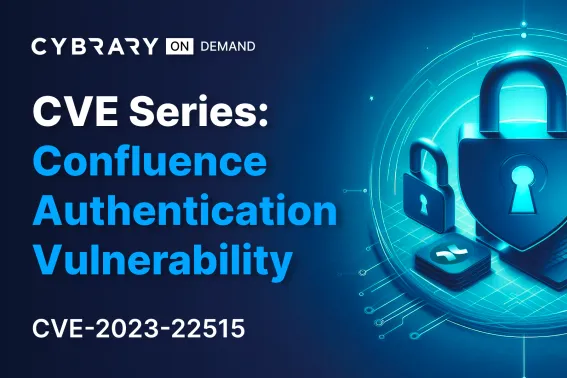
CVE Series: Confluence Authentication Vulnerability (CVE-2023-22515)
Confluence suffers from a Broken Access Control vulnerability that affects Data Center and Server versions 8.0.0 to 8.3.2, 8.4.0 to 8.4.2, and 8.5.0 to 8.5.1. Threat actors exploit this vulnerability to obtain administrator access to Confluence servers. Put on your Red Team hat to create your own malicious admin account leveraging this CVE!

CVE Series: WinRar Vulnerability (CVE-2023-38831)

CVE Series: Openfire (CVE-2023-32315)

CVE Series: Dirty Pipe (CVE-2022-0847)
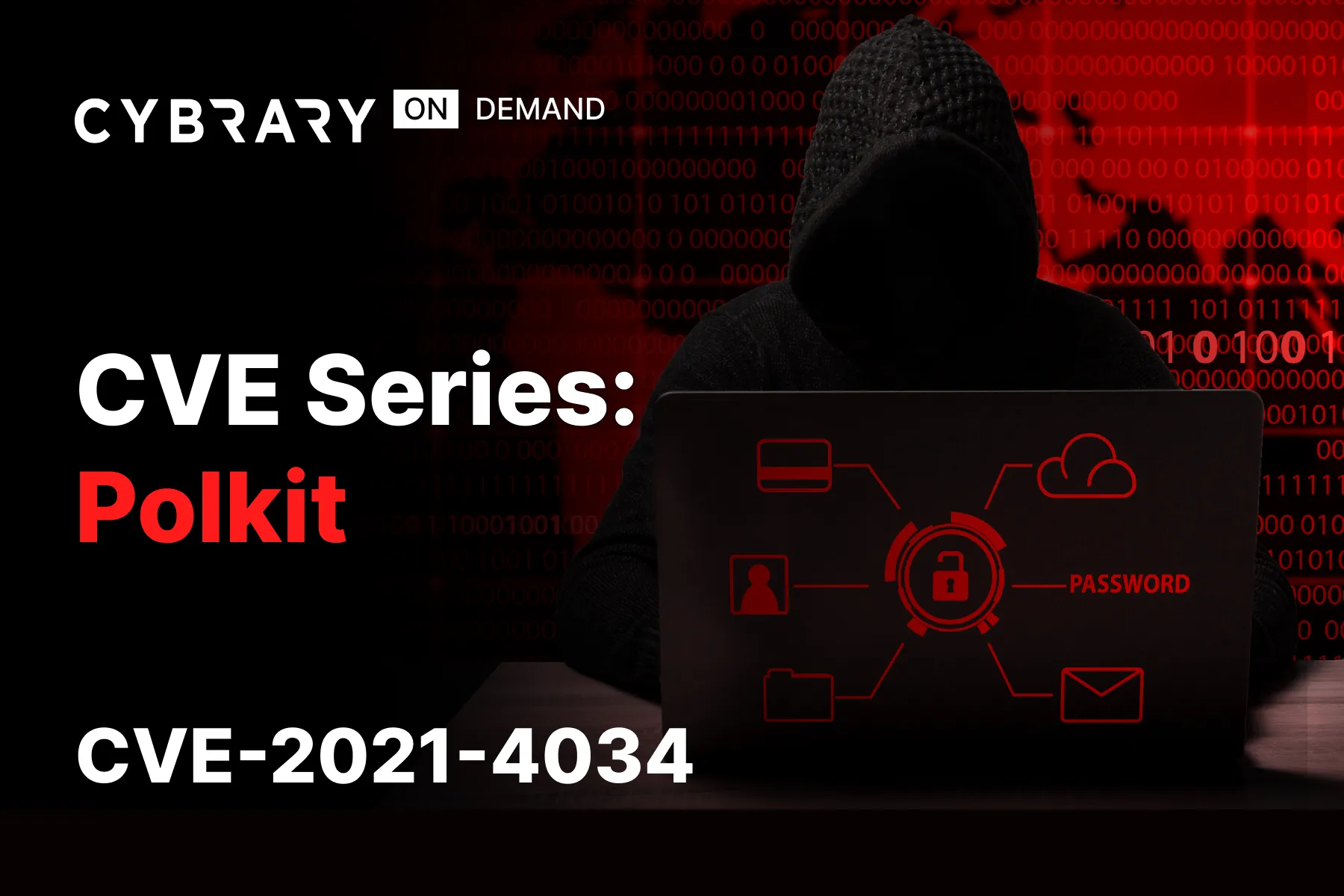
CVE Series: Polkit (CVE-2021-4034)

CVE Series: Log4J (CVE-2021-44228)
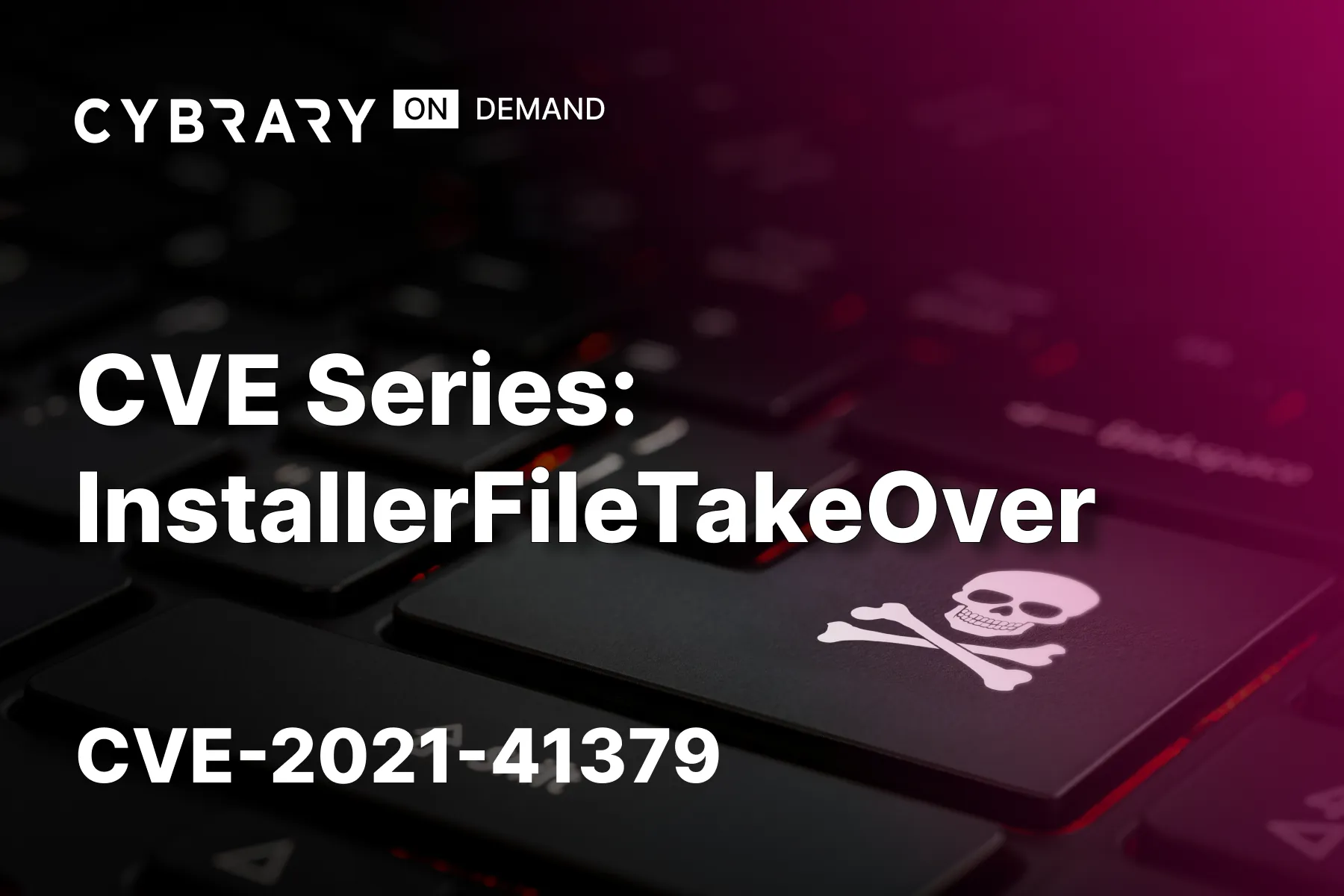
CVE Series: InstallerFileTakeOver (CVE-2021-41379)
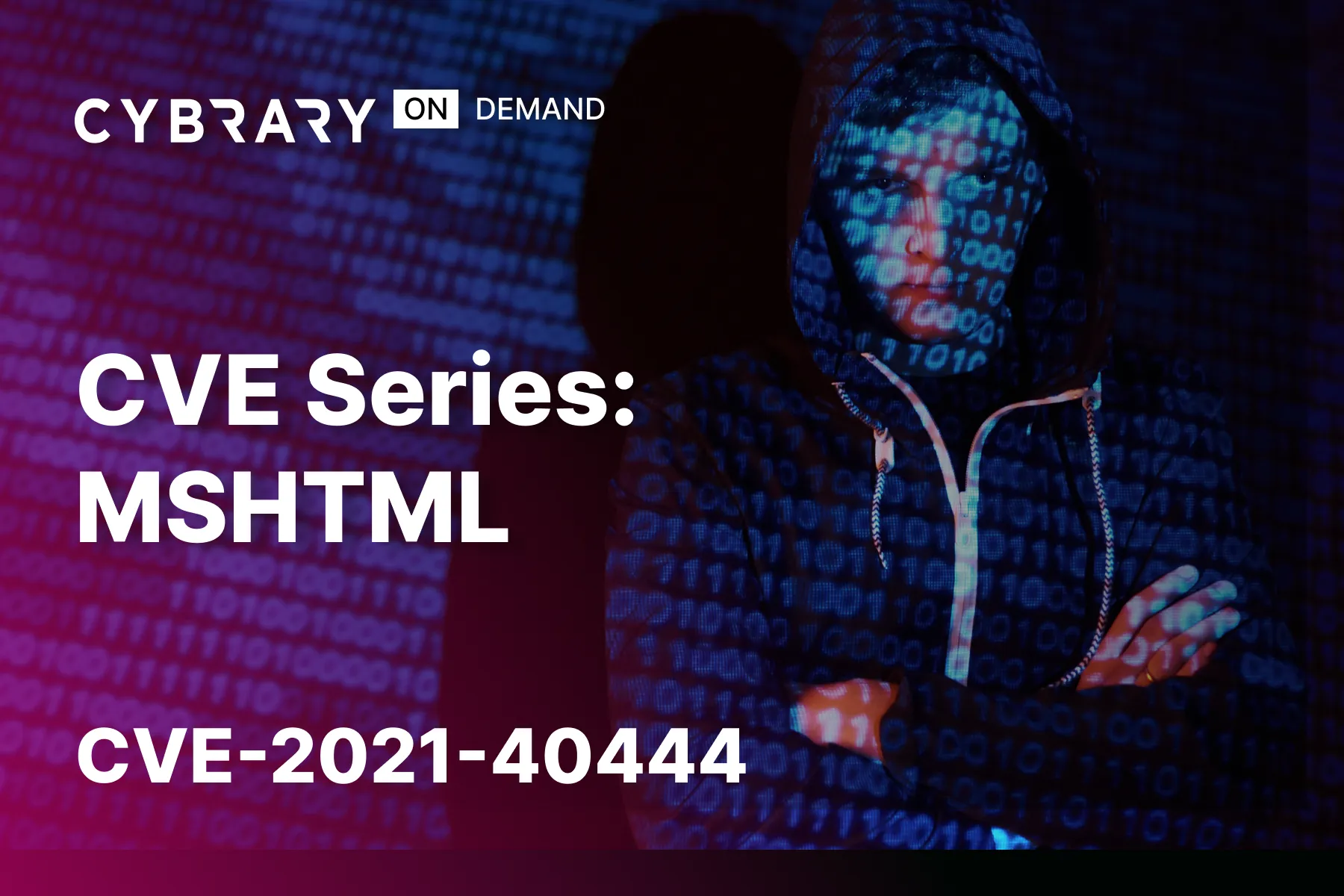
CVE Series: MSHTML Vulnerability (CVE-2021-40444)

CVE Series: HiveNightmare (CVE-2021-36934)

CVE Series: PrintNightmare (CVE-2021-1675 and CVE-2021-34527)

CVE Series: Ghostcat (CVE-2020-1938)

CVE Series: Atlassian Bitbucket Command Injection (CVE-2022-36804)

CVE Series: Grafana Directory Traversal (CVE-2021-43798)
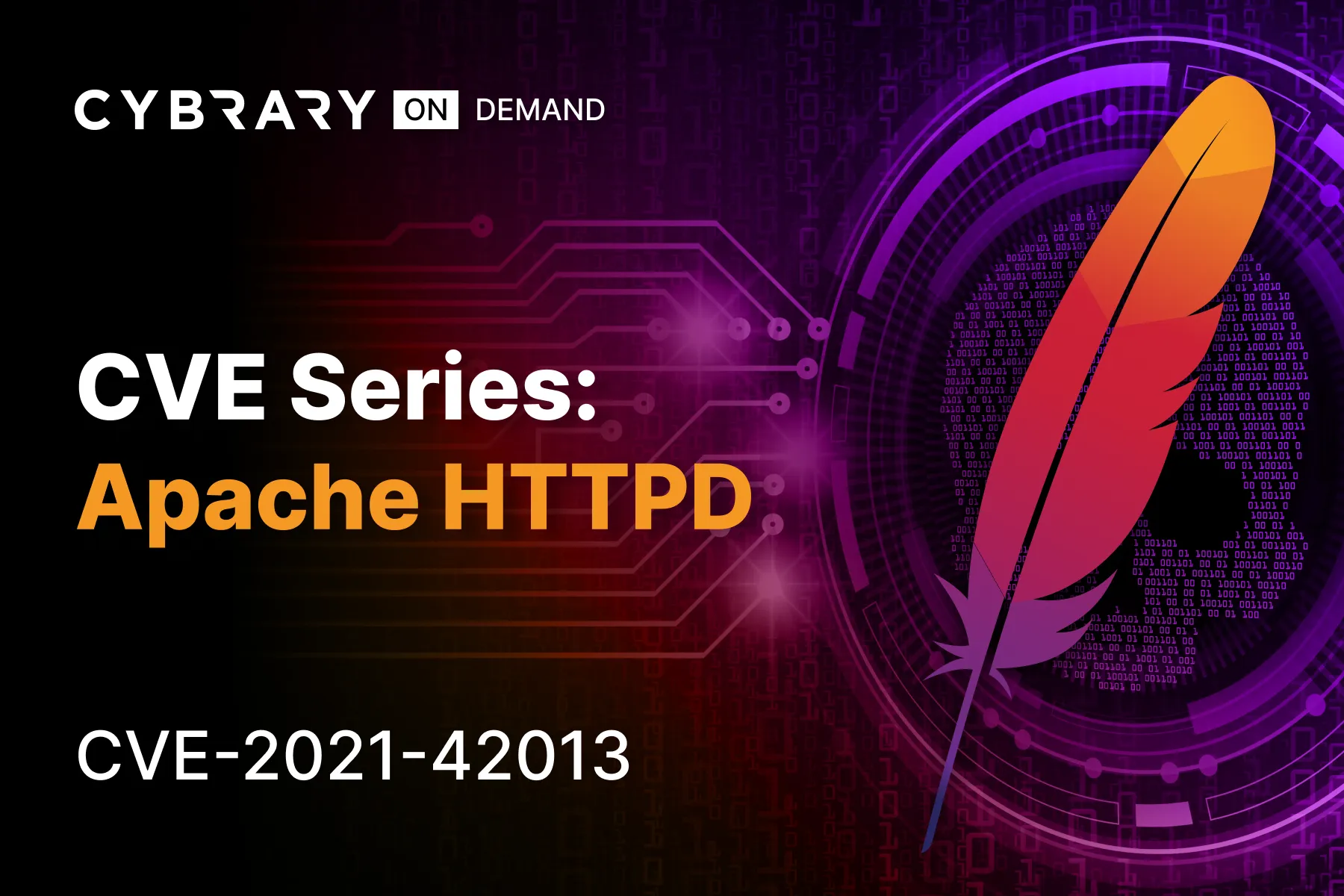
CVE Series: Apache HTTPD (CVE-2021-42013)

CVE Series: Apache Spark (CVE-2022-33891)

CVE Series: Django (CVE-2022-34265)

CVE Series: Follina (CVE-2022-30190)

CVE Series: Confluence RCE (CVE-2022-26134)

CVE Series: Redis (CVE-2022-0543)

CVE Series: Spring4Shell (CVE-2022-22965)
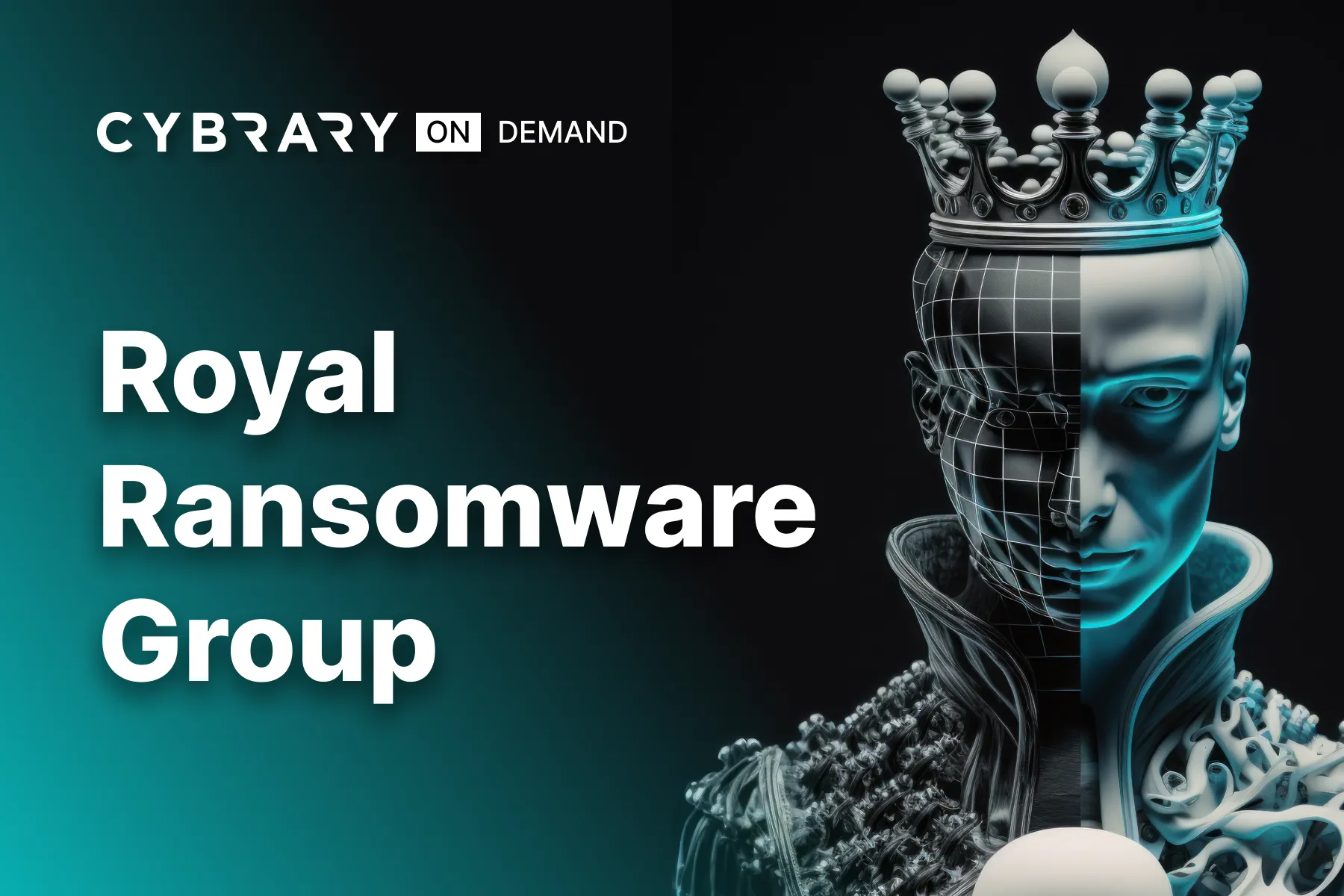
Royal Ransomware Group
Royal is a spin-off group of Conti, which first emerged in January of 2022. The group consists of veterans of the ransomware industry and brings more advanced capabilities and TTPs against their victims. Begin this campaign to learn how to detect and protect against this newer APT group!

Raspberry Robin
Raspberry Robin is a malware family that continues to be manipulated by several different threat groups for their purposes. These threat actors (Clop, LockBit, and Evil Corp) specialize in establishing persistence on a compromised host and creating remote connections to use later. Once established, these C2 connections can be used for multiple purposes, including data exfiltration, espionage, and even further exploitation.

Double Trouble with Double Dragon

Weak Link in the Supply Chain

Spinning a Web Shell for Initial Access

Exfiltration and Extortion
Threat actors will use stolen data exfiltrated from victim systems to extort organizations. Once they gain a foothold, they delete critical system files and threaten to release the data or disrupt operations if the victims do not pay up. Understanding these techniques is vital to defending your organization from such attacks.

Ransomware for Financial Gain
Threat actors continue to leverage ransomware to extort victim organizations. What was once a simple scheme to encrypt target data has expanded to include data disclosure and targeting a victim’s clients or suppliers. Understanding the techniques threat actors use in these attacks is vital to having an effective detection and mitigation strategy.
Our Instructors
Industry seasoned. Cybrary trained.
Our instructors are current cybersecurity professionals trained by Cybrary to deliver engaging, consistent, quality content.























